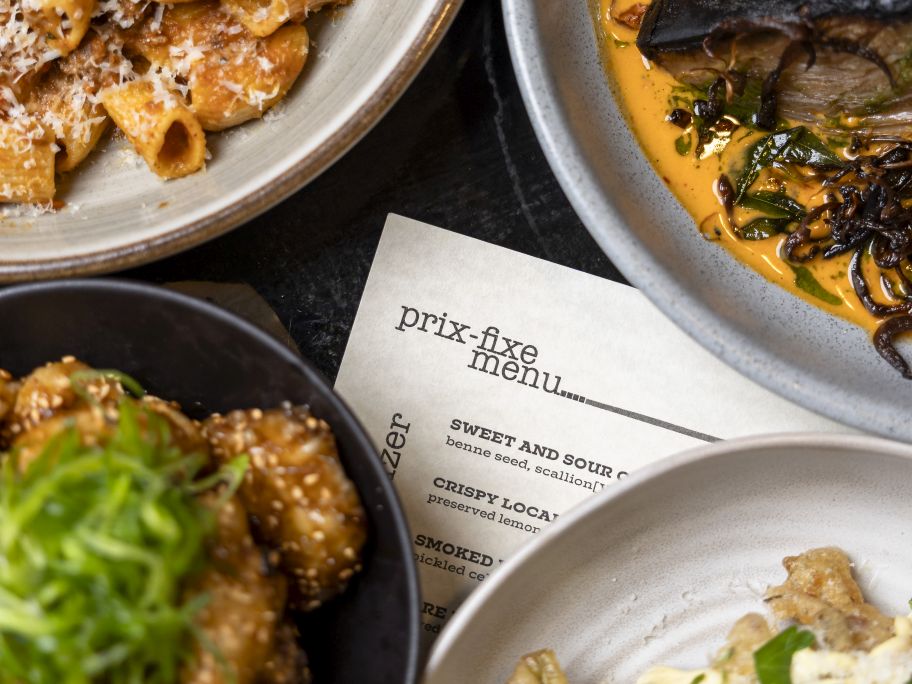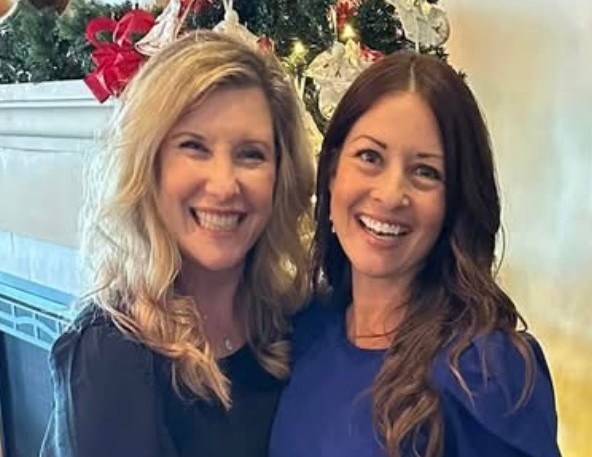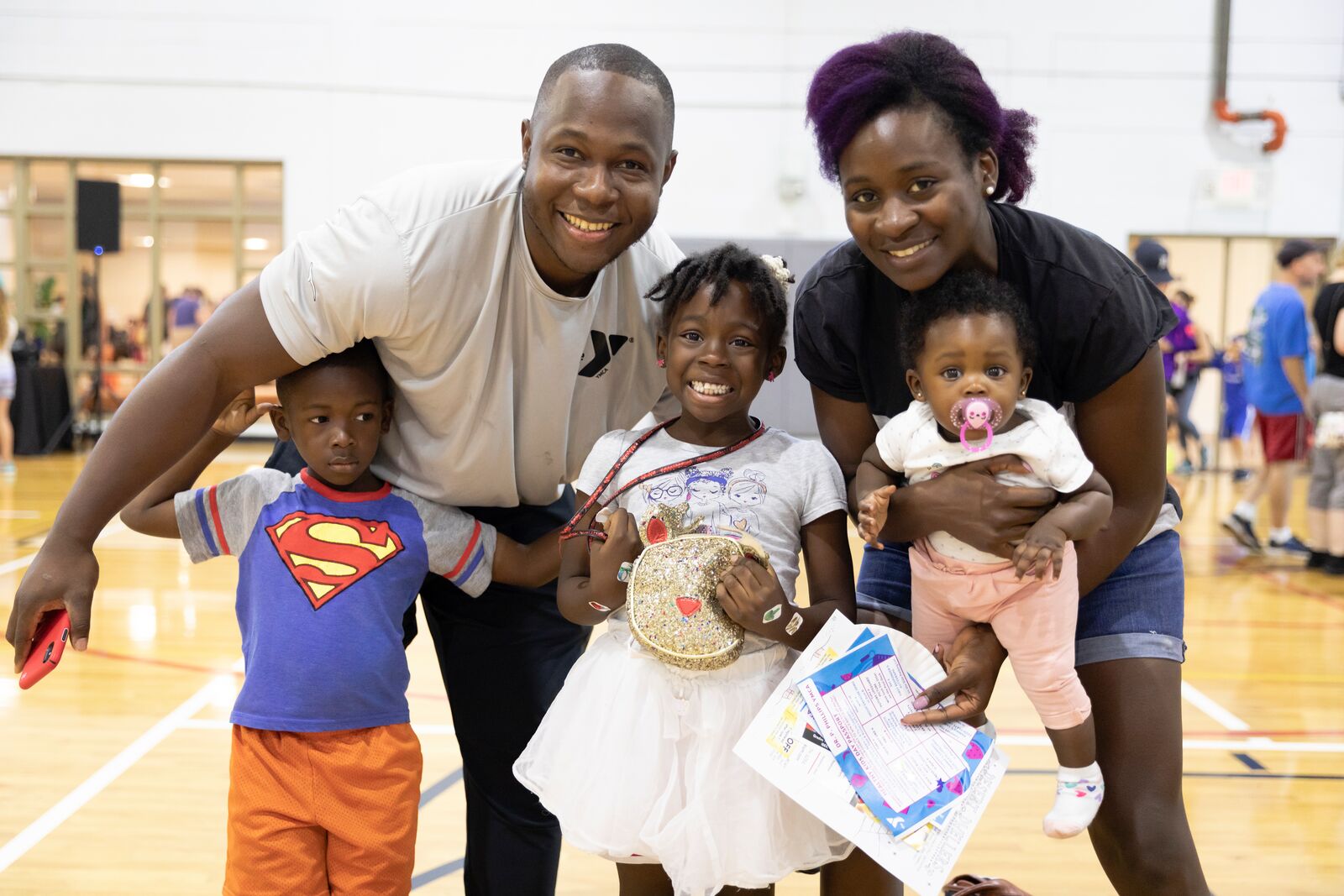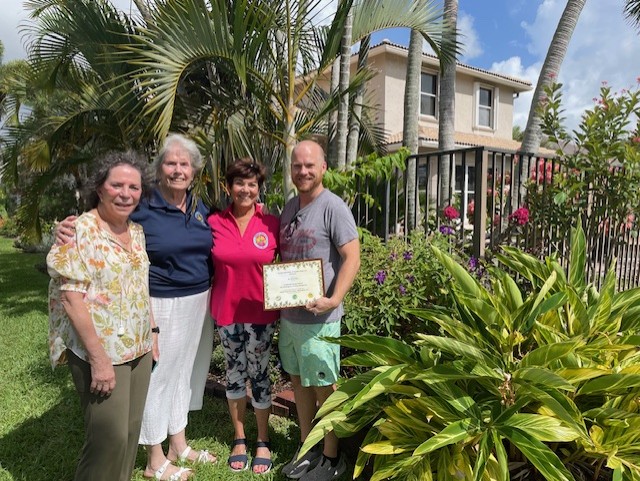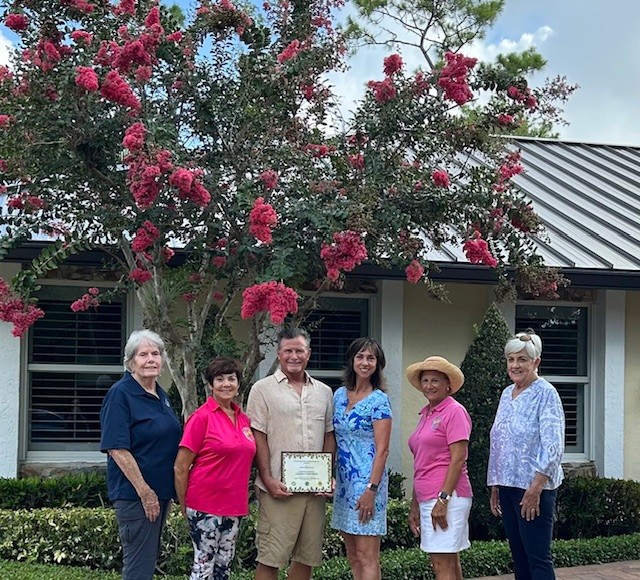The Palm Beach County Office of Equal Business Opportunity (OEBO) is proud to announce the sixth annual Mind Your Business Youth Entrepreneurship Forum, taking place on Saturday, Aug. 2, 2025, from 9 a.m. to 2:30 p.m. at 2300 N. Jog Road, West Palm Beach.
This dynamic, free event is designed to empower and inspire the next generation of entrepreneurs, offering youth ages 8 to18 a unique opportunity to explore the world of business ownership through engaging workshops, discussions led by experts and hands-on experiences.
Highlights of the forum include a youth entrepreneur panel discussion to hear from young business owners who are “making their mark.” The event also includes workshops:
• Entrepreneurship 101: Ideas to Action – Learn how to turn a spark of inspiration into a viable business.
• Pitch like a Pro: Sell Your Idea – Led by Ben Abidian, president of Atlantic Construction Engineers, this session will teach participants how to confidently pitch their business ideas.
• NIL Unlocked: Your Identity, Your Opportunity – Facilitated by James Taylor of the PBC Sports Commission and Taylored Management & Consulting, this workshop explores how young entrepreneurs can leverage their name, image, and likeness (NIL) for business success.
Attendees will also receive free professional headshots, enjoy a complimentary lunch and connect with like-minded peers and mentors.
“Before attending the event, starting a business felt like a distant idea, something other people did. But Mind Your Business gave me the tools, the encouragement, and most importantly, the belief that I could do it too,” said Bella Mayorca. “The event sparked the idea for Flash Sign Design, my business that will be launched by the end of July. This business uses AI to help customers design their own signs easily and creatively right from their phone or computer. What started as inspiration at an event has turned into something real, something I’m proud of. And it wouldn’t have happened without the support of this community and the resources that were made available through Mind Your Business.”
This event is open to the public and free of charge, but space is limited. Early registration is encouraged. To register, go to OEBO – 6th Annual Mind Your Business Youth Entrepreneurship Forum.
For more information, contact 561-616-6840 or asmith5@pbc.gov.




